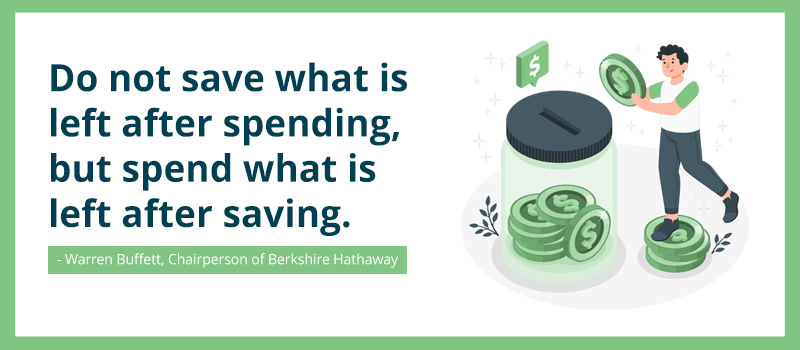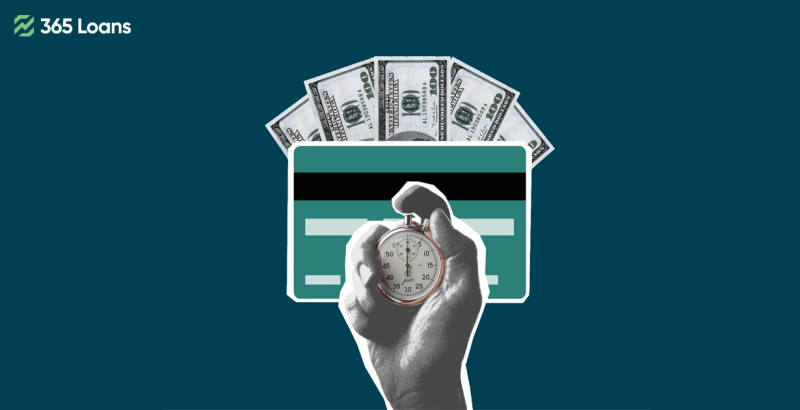Saving money is an essential aspect of financial planning that is often overlooked by many people. It is the process of putting aside a portion of one’s income regularly for future use or in case of emergencies. Saving money can help individuals achieve their financial goals and provide a sense of financial security.
One of the primary benefits of saving money is having a safety net in case of emergencies. Emergencies such as medical expenses, job loss, or unexpected car repairs can be financially devastating. Having savings can provide a buffer to help cover these expenses without resorting to credit cards or loans, which can lead to debt and financial stress.
Saving money also helps individuals achieve their long-term financial goals. Whether it’s buying a home, starting a business, or saving for retirement, having savings can make these goals achievable. Saving money regularly over time allows it to grow through interest and investments, which can compound and result in significant long-term savings.
Moreover, saving money can provide a sense of financial security and reduce financial stress. Knowing that there is a safety net of savings can help individuals feel more secure about their finances and reduce anxiety about money matters. Financial stress can be a significant cause of mental health issues, and having savings can help alleviate this stress.

Saving $500 in 30 days
Saving $500 in 30 days may seem like a daunting task, but it is possible if you are willing to make some changes to your spending habits. Here are some tips for saving $500 in a month.
- Make a budget
The first step in saving money is to understand exactly where your money is going. Make a budget and track your spending for a few days to see where you can cut back. Identify areas where you can reduce your spending, such as eating out less or cutting back on entertainment expenses.
- Reduce unnecessary expenses
Take a closer look at your monthly expenses and see where you can reduce or eliminate unnecessary spending. This may include canceling subscriptions that you don’t use, negotiating bills, or switching to a cheaper phone plan.
- Increase your income
Consider taking on a side hustle or working overtime to increase your income. This extra money can be put towards your savings goal.
- Automate your savings
Set up automatic transfers from your checking account to your savings account each pay period. This way, you won’t have to think about it, and you’ll be building your savings without even noticing.
- Cook at home
Eating out is one of the biggest expenses for many people. By cooking at home, you can save money and control what goes into your food. Plan your meals in advance and make sure to have all the ingredients on hand.
- Avoid impulse purchases
It’s easy to make impulsive purchases, but these small expenses can add up quickly. Before making a purchase, take a moment to think about whether you really need it and if there is a cheaper alternative.
- Shop sales and use coupons
Take advantage of sales and use coupons when shopping for groceries or other items. You can save a significant amount of money this way.
- Use cash
Using cash instead of credit cards can help you stick to your budget and avoid overspending. When you use cash, you physically see the money leaving your wallet, making it easier to keep track of your spending.
- Find free or low-cost entertainment
There are many free or low-cost ways to have fun, such as taking a walk, going to a park, or visiting a museum. Find activities that you enjoy that don’t cost a lot of money.
- Keep your goal in mind
Saving $500 in 30 days is a challenging goal, but it is achievable. Keep your goal in mind and stay motivated. Every time you resist the urge to make an unnecessary purchase, remember why you are saving the money.
Conclusion
By following these tips, you can save $500 in 30 days. The key is to make a budget, reduce unnecessary expenses, increase your income, and stick to your plan. With dedication and discipline, you can reach your savings goal and start building a solid financial foundation for the future.







